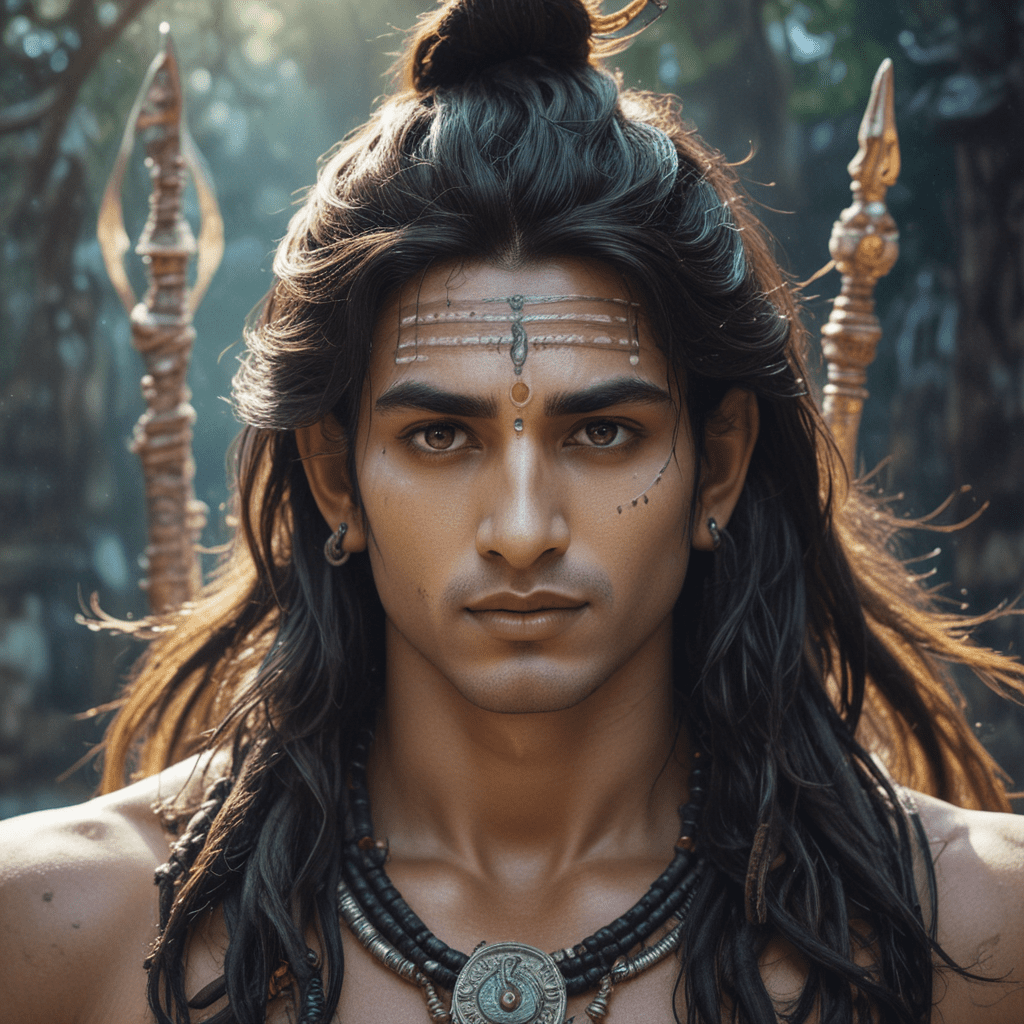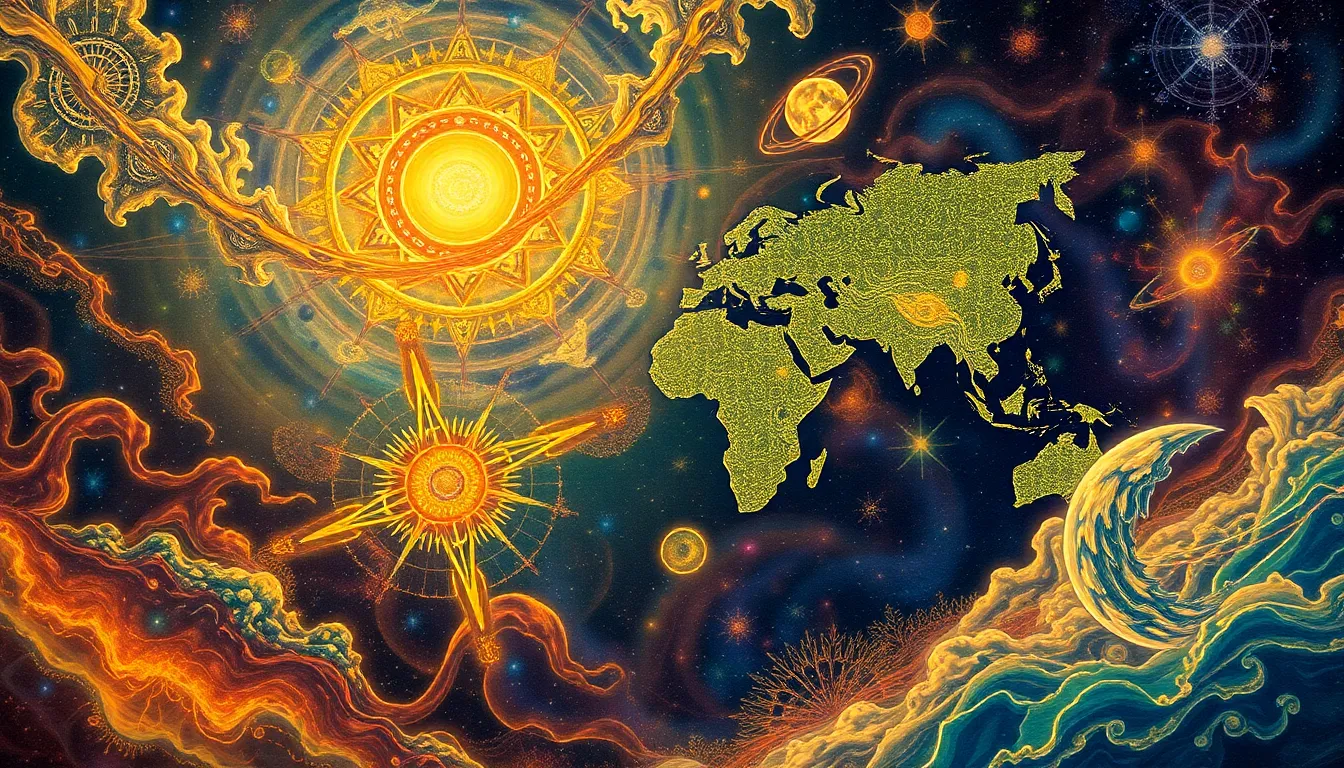1. Introduction: The Significance of Lord Shiva's Third Eye
Lord Shiva, one of the principal deities of the Hindu pantheon, is renowned for his iconic third eye located on his forehead. This divine feature epitomizes immense spiritual power, knowledge, and perception beyond ordinary human capabilities. The third eye symbolizes Shiva's ability to see through illusions and perceive the true nature of reality, making him a revered figure in Hindu mythology and culture.
2. Ancient Origins and Evolution
The concept of Lord Shiva's third eye finds its roots in ancient Vedic texts dating back to over 5,000 years ago. Originally, it symbolized the sun's power and was known as the "Eye of Light." Over time, its significance evolved to encompass profound spiritual insights, becoming synonymous with Shiva's wisdom and enlightenment.
3. Location and Appearance
Depictions of Lord Shiva typically feature the third eye prominently displayed on his forehead, usually between his two ordinary eyes. It is often represented as an open eye or a vertical crescent moon adorned with a jewel or mark. The location on the forehead is symbolic of the sixth chakra, known as the Ajna chakra, which is associated with intuition and higher consciousness.
4. Symbol of Divine Knowledge and Perception
Shiva's third eye symbolizes his ability to perceive beyond the limitations of ordinary perception. It represents his omniscience and profound understanding of the universe. Through this divine eye, he can see into the past, present, and future, discerning truth and deception with ease.
5. Insight and Discernment
The third eye bestows upon Shiva the power of deep insight and discernment. He is able to see through superficial appearances and delve into the true essence of beings and things. This attribute makes him the ideal deity to seek guidance and protection from illusions and falsehoods.
6. Cosmic Consciousness and Unity
Shiva's third eye symbolizes his cosmic consciousness and unity with the universe. It represents his ability to transcend duality and perceive the interconnectedness of all things. Through this eye, he sees the divine essence within all beings, fostering compassion and empathy.
7. Power of Destruction and Transformation
The third eye is also associated with Shiva's role as the destroyer and transformer. This aspect of his power is necessary for the dissolution of illusions and the creation of something new. The destructive force of the third eye symbolizes the end of old cycles and the emergence of transformative possibilities.
8. Spiritual Ascension and Enlightenment
Shiva's third eye guides seekers along the path to spiritual ascension and enlightenment. It represents the awakening of inner wisdom, intuition, and the realization of one's true nature. By connecting with the energy of the third eye, individuals can transcend their limitations and attain higher levels of consciousness.
9. Trinity of the Hindu Trinity
As one of the three primary deities of the Hindu trinity (Brahma, Vishnu, and Shiva), Shiva's third eye plays a significant role in maintaining cosmic balance. It symbolizes his power to witness, oversee, and direct the cycles of creation, preservation, and destruction within the universe.
10. Cultural and Artistic Representation
Lord Shiva's third eye has become a prominent symbol in Indian culture and art. Depictions of him often feature the third eye prominently displayed on his forehead, serving as a reminder of his divine wisdom and power. From ancient sculptures to modern paintings, the third eye remains an enduring icon of Shiva's enigmatic nature.
FAQ
Q: What is the significance of Lord Shiva's third eye?
A: Lord Shiva's third eye symbolizes his divine knowledge, perception beyond ordinary limitations, and cosmic consciousness. It represents his ability to see through illusions, provide insight, foster unity, and guide seekers towards spiritual ascension.
Q: What does the location of Lord Shiva's third eye represent?
A: The third eye is located on Shiva's forehead, corresponding to the sixth chakra, known as the Ajna chakra. This chakra is associated with intuition, higher consciousness, and the ability to perceive beyond physical reality.
Q: How is Lord Shiva's third eye represented in art?
A: In Indian art, Lord Shiva's third eye is often depicted as a vertical crescent moon or a open eye on his forehead. It may be adorned with a jewel or mark, emphasizing its divine and mystical significance.




